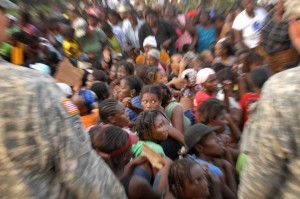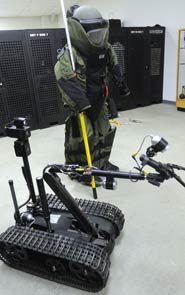
Twitter Teams with Haiti Telco To Provide Free Text Tweets
WIRED 22 February 2010
Text messages have already raised $32 million for Haiti relief. Now Twitter is partnering with the devastated nation’s dominant telco to provide free text Tweets to Haitians so they can better keep in touch with each other and the outside world.
“Kevin Thau and our mobile team have recently arranged free SMS tweets for Digicel Haiti customers,” Twitter co-founder Biz Stone writes on the company’s blog. “To activate the service, mobile phone users in Haiti can text follow @oxfam to 40404. Accounts are created on the fly and any account can be followed this way.”
The move is much more than a gesture, as it might seem in place where limitless text plans abound and the standard of living is much higher. Under Digicel’s pre-paid plan Haitians pay $0.08 to text locally, $0.15 to text internationally and $0.23 to send an MMS. But considering that the country’s per capita income is about $1,300, that would be the equivalent of $2.46, $4.62 and a whopping $7.07 in the U.S. (which had a 2008 per capita income of about $40,000).
As has become almost routine now, the initial flood of information and pictures to emerge from the disaster zone reached the world via Twitter, and the use of texting is an especially crucial lifeline in the underdeveloped world.
Phi Beta Iota: BRAVO TWITTER! Who would have thought Haiti would be the silver lining for the poor. At one stroke Twitter hass connected scharitable giving from the 80% that do not normally give, with the bottom-up needs of the poor articulated via Twitter for free. Now if Twitter can team with others such as Nokia, Microsoft, and IMB to offer free cell phones to the five billion poor, with back office harvesting of the data and a global grid of volunteer translator educators in 183 languages, we save the world quick time.







